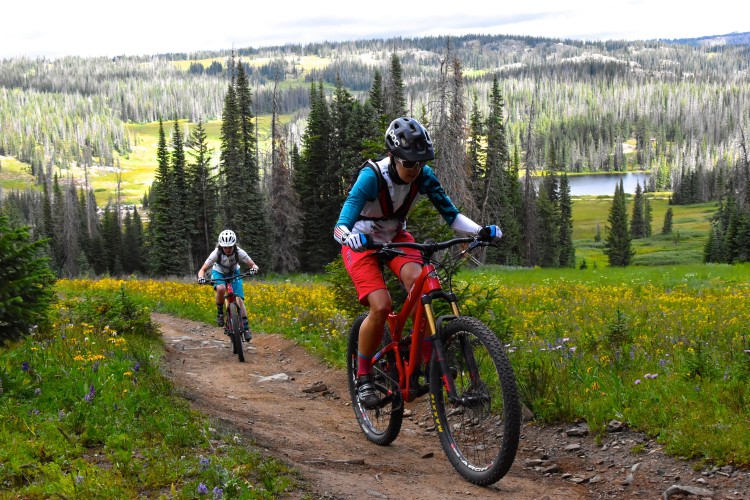Last month we conducted a survey to find out where mountain bikers buy their gear, how they make purchase decisions, and how they maintain their rigs. It was an ambitious survey but nearly 1,500 of you took the time to share your thoughts!
Big Takeaways
With all the talk about how local bike shops are under assault from online and big box retailers, we were surprised to see just how esteemed the LBS remains in the eye of the mountain bike consumer. Consider these stats:
- Half of all MTB gear purchases happen in a local shop.
- 71% of respondents are on a first-name basis with a shop employee.
- 58% shop regularly at the same shop, even when there are other shops in town.
- 90% of consumers do online research before most purchases in a local bike shop. Compare that to just 45% who have EVER looked at gear at their LBS and bought online instead. [Based on this, it seems online retailers have a decent case for complaining about reverse showrooming.]
- Bike shop employees are the most influential when it comes to MTB purchase decisions, beating out magazines and even online publications like Singletracks.
On average, mountain bikers spend $335.66 on service and $1,042.14 on MTB equipment each year. With roughly 4 million core mountain bike riders in the US, that’s a $6.4B market (and doesn’t include the other 3M+ “casual” MTB riders). On average, mountain bikers think an entry-level mountain bike should cost $1,259.31 or less while any bike priced above $3,455.56 is considered high-end.
We did some additional analysis on these dollar figures to see if there were differences in price sensitivity between various groups of riders. According to the data, beginning and experienced riders generally agree on the cost of high-end and entry-level bikes. However, if we compare riders based on income, the difference is more pronounced:
| Below median income | Above median income | |
| Entry-level bike cost | $1,174.74 | $1,358.67 |
| High-end bike cost | $3,086.93 | $3,732.70 |
| $$ spent on MTB gear annually | $804.93 | $1,315.94 |
| $$ spent on MTB service annually | $256.18 | $399.15 |
Limitations and caveats
Of course there’s no such thing as a perfect survey, and the biggest source of bias in this survey data is the uniform respondent demographic: namely, online users who follow Singletracks.
- Clearly those who use social media and websites like Singletracks are more likely to be comfortable making MTB purchases online. This means the % of purchases made at the LBS and related stats are probably on the low side.
- The influence of online review articles is probably overstated.
- LBS support may be overstated since supporting one’s LBS is seen as the politically correct thing to do, even though the survey itself was conducted anonymously.
Your turn: what surprises you about this survey data?




















